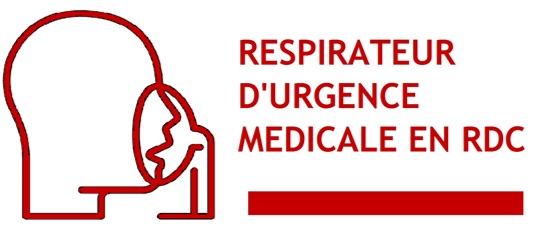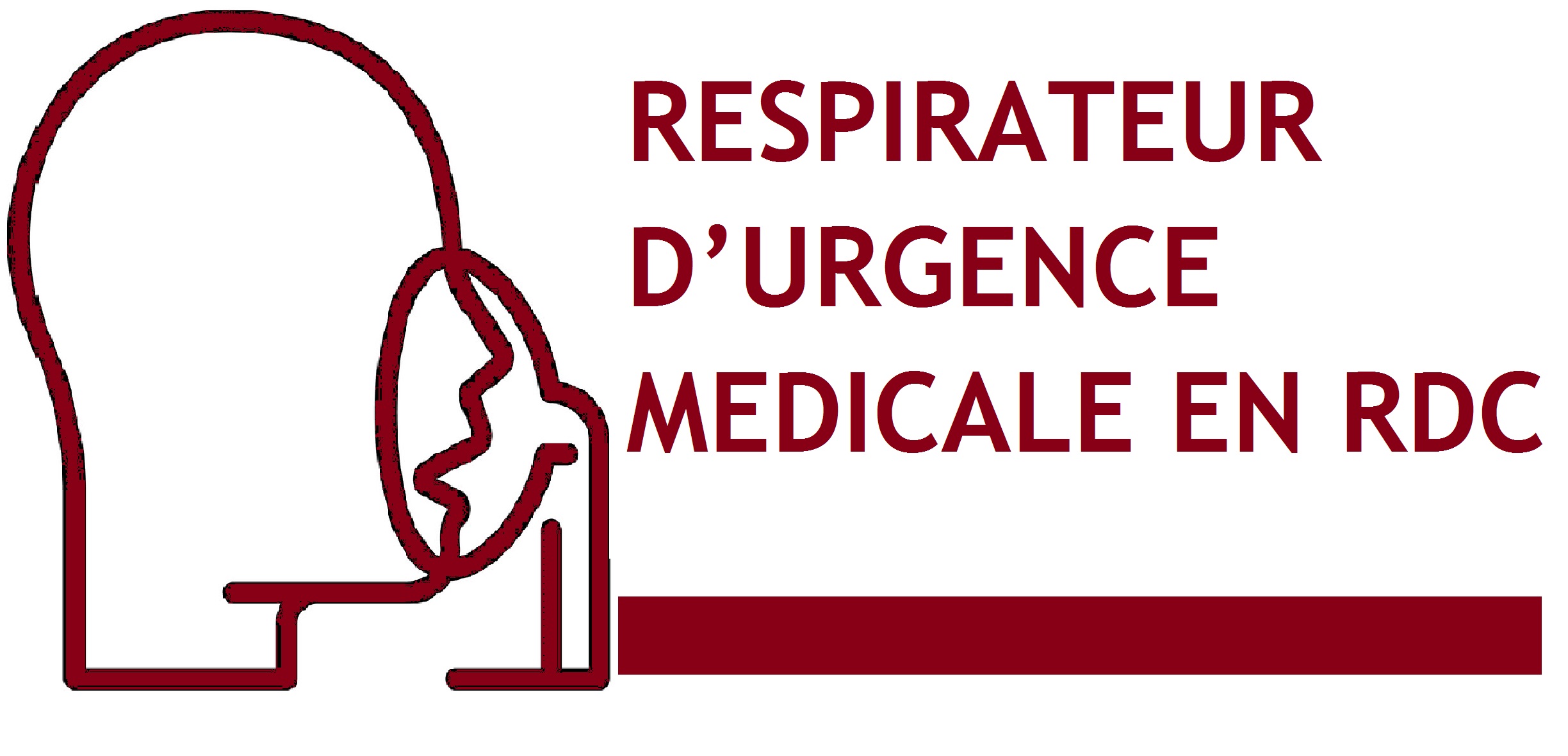Un professeur de l’Université de Toledo aide le Congo pendant la pandémie
Interview du Prof. Dr. Sandrine Ngalula sur le projet du respirateur artificiel en RDC au journal américain The Blade
As the coronavirus pandemic spread to her native country, a professor at the University of Toledo grew worried.
Ngalula « Sandrine » Mubenga, an assistant professor of electrical engineering technology, saw the numbers — the Democratic Republic of the Congo has more than 80 million people but reportedly had only about 1,200 ventilators.
“When COVID hit, the Congo had 200 ventilators,” Ms. Mubenga said. “Then they acquired 1,000 more.”
She saw an article about a group at the Massachusetts Institute of Technology building a ventilator, and reached out. Then she turned to her network in the Congo — her own nonprofit, STEM DRC, and the Loyola University of Congo — to ask what equipment was available there.
On April 4, she posted a video to her Twitter page seeking help to develop an emergency ventilator that could be built in the central African country using the limited materials and manufacturing resources available there.
In about a month, a team assembled from around the world collaborated to design a prototype that students at the university in the Congo helped build on-site with their 3-D printer and available materials. They used open-source plans from MIT to build a machine to automatically pump a resuscitator bag, normally hand-operated, that is readily available in local hospitals.
“We were all kind of surprised how fast it went,” Ms. Mubenga said. “We have built what you call proof of concept…. We are still making adjustments. We are changing different parts here and there.”
The prototype is being tested and tweaked in-house. The collaboration also includes the Congo’s national trade school, and the team is working with a hospital in the capital city of Kinshasa where doctors are providing feedback.
The group is already in discussions with the Congolese government to begin the process of getting the emergency ventilator approved. Once everyone is happy with the prototype, the team will build a “pilot” model that will undergo more stringent evaluations. It will likely tested first on animals before being used for humans, Ms. Mubenga said.
“It’s a lengthy process,” she said. “There are provisions for expedited procedures, but we don’t know how long it will take.”
Ms. Mubenga had never before worked on a medical or biomedical engineering project, and ventilators are a complicated technology with multiple medical, mechanical, electrical specifications all to be met. The machine must take feedback from sensors and adjust its operations to the patient’s needs.
“This experience is very humbling, and I’m very pleased with the work the students are doing,” Ms. Mubegna said. “They’re just phenomenal.”
The professor is no stranger to innovation. Not long ago, she developed a bilateral equalizer to prolong battery life in electric vehicles, planes, and grid stations.
Mike Toole, dean of UT’s College of Engineering, said Ms. Mubenga was the first faculty member he hired after becoming dean in 2017.
“Her current efforts to use technology to help people during this global health crisis are so inspirational,” he said. “We are fortunate to have such a talented faculty member with such compassion, determination, and a track record of making a difference in the lives of others.”
Even if the emergency ventilator doesn’t get approved until the worst of the coronavirus pandemic passes, the Congo still has an incredible need for the machines that can save lives in any number of situations.
“Outside of COVID-19, ventilators are still needed,” Ms. Mubenga said. “This can help them too.”

